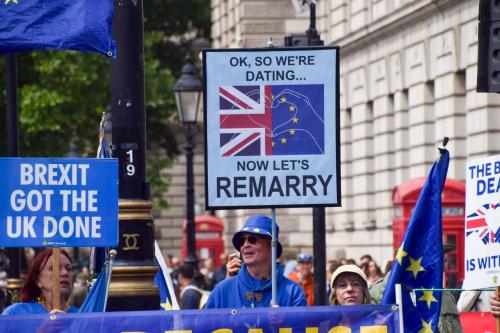In five years, New Orleans has weathered America’s costliest natural disaster, its worst recession since the 1930s and its largest oil spill. Believe it or not, some good news has come out of all this.
None of it started out good, of course. In 2005, Hurricane Katrina flooded 80 percent of New Orleans and destroyed more than 182,000 homes in the metro area. Two years later, the Great Recession arrived, drying up private capital for redevelopment and blunting the job gains that had been expected from rebuilding. Then, in April, the Deepwater Horizon oil rig exploded, wreaking havoc on the region’s already battered economy and environment. The latest job figures indicate that the hospitality sector has largely held steady since the spill, likely benefiting from the influx of people responding to the emergency, while the oil and gas industry lost jobs. The combined effects of the recession and the oil spill have pushed the area’s unemployment rate to 7.5 percent.
See a chart detailing the progress in New Orleans
Yet, New Orleans is emerging as a model of rebirth and reinvention.
New Orleanians, with government and philanthropic partners, have advanced many reforms meant to make the city “better than before,” including a bold charter school experiment, an overhaul of the region’s health care delivery system, sweeping changes in criminal justice and a new inspector general’s office that is rooting out waste and corruption. Nearly 60 percent of Orleans Parish students now attend a public school that meets state standards, more than twice as many as did before Hurricane Katrina. Community groups are rebuilding the Lower Ninth Ward, Gentilly and other city neighborhoods.
Still, New Orleans remains a work in progress. While the metro area economy is showing signs of improvement, with an increasing number of knowledge-based jobs and entrepreneurs and rising average wages, the area’s biggest industries — tourism, oil and gas, and shipping — began shedding jobs long before the oil spill. Poverty rates in the city remain high, while the suburban poor now outnumber those in Orleans Parish. The city’s lack of affordable housing means that 58 percent of renters pay more than a third of their income for their apartments. Violent crime rates are still higher than they were before the storm. And the wetlands, which sustain thousands of coastal jobs, are rapidly disappearing.
Though it’s been half a decade since Katrina made landfall, the storm’s effects remain. But if leaders continue the transformation they’ve begun, they can make New Orleans a model of resilience and metropolitan prosperity.
The Brookings Institution is committed to quality, independence, and impact.
We are supported by a diverse array of funders. In line with our values and policies, each Brookings publication represents the sole views of its author(s).



Commentary
Op-edThe State of New Orleans
August 29, 2010